Wrocław: WWII and the Non-Existent City of Breslau — A Deep Dive into History
For travelers interested in understanding Wrocław beyond its charming Old Town, this 2-hour private tour offers a compelling look at its complex WWII history. At $160 for a group of up to 14, this experience combines expert narration, historic photographs, and visits to significant landmarks, making it ideal for history buffs and curious visitors alike.
Two aspects stand out immediately: first, the knowledgeable guides who bring the city’s wartime story to life with vivid descriptions and personal insights. Second, the stunning views from sites like Partisan Hill and Ceglarskie Hill that let you see the city’s resilience and transformation against a backdrop of history.
A potential consideration is the relatively brief duration — at 2 hours, it’s a fast-paced overview. Those wanting a more detailed exploration of Wrocław’s WWII past might find this a bit surface-level. However, it’s perfect for visitors who prefer a structured, insightful walk that hits main historical points without overwhelming.
This tour best suits travelers who enjoy guided storytelling, are interested in WWII history, and want to see significant sites that shaped the city’s wartime narrative. It’s also great for those who appreciate authentic Insights and visual history, thanks to the inclusion of old photographs.
Key Points
- Historical Depth: The tour covers the city’s Nazi-era history, from Hitler’s visits to the underground bunkers.
- Authentic Sites: Walk through key locations like market squares, former parade routes, and the Fortress Hill.
- Visual History: Old photographs from 1933-1945 help bring the past to life.
- Stunning Vistas: Elevated stops like Ceglarskie Hill offer panoramic views of the city’s transformation.
- Expert Guides: Local, licensed guides narrate stories with clarity and passion.
- Flexible & Private: Customizable group size and private experience for a more personal touch.
A Closer Look at What to Expect
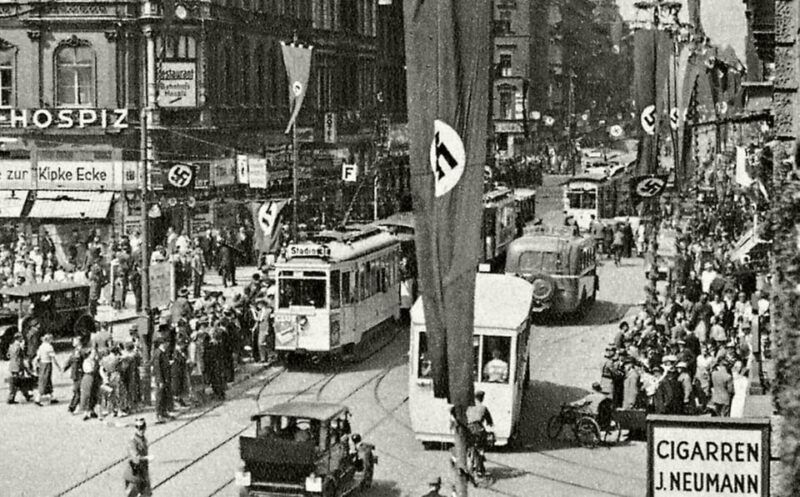
For broader city exploration in Wroclaw, we've covered these other tours
Starting Point: Restauracja Piwnica Widnicka
Your journey begins at this cozy restaurant entrance, a convenient spot near the Old Town Hall. It’s an ideal location that’s easy to find and sets a welcoming tone for the tour ahead. The guide, whose name isn’t specified but is described as professional and knowledgeable, will gather your group here before setting off on this historical walk.
Wrocław’s Market Square — The Heart of the City
The first stop is the Market Square (Rynek), which, remarkably, survived the bombs and destruction of WWII. We loved the way the guide narrated how this central hub was a hub of activity during the Nazi era, with Hitler himself visiting Breslau multiple times. The Old Town Hall here is a highlight, not only for its architecture but for its resilience amid wartime destruction.
Plac Solny & Plac Wolności — Sites of Resistance & Reflection
Next, we move to Plac Solny, where bunkers once offered refuge for civilians. You might find remnants of these structures still visible, a stark reminder of the city’s wartime survival. The guide shares stories of how locals lived during those tense times, adding context that makes the stones and spaces come alive.
A brief stop at Plac Wolności offers insight into how the city’s spirit endured despite the upheaval. It’s here that the stories of ordinary Wrocław residents fighting to maintain their community come through most clearly.
More Great Tours NearbyHotel Monopol & Nazi Parades — Echoes of Authority
From there, we head past the Hotel Monopol, a site where Hitler greeted supporters from its balcony. The guide explains how this hotel was a focal point of Nazi parades and celebrations, giving visitors a sense of the city’s intense ideological atmosphere.
Wzgórze Partyzantów (Partisan Hill) — Bunkers and Panoramas
One of the tour’s highlights is the walk to Wzgórze Partyzantów, a site that served as the command center for Breslau’s fortress and underground bunkers. The fact that many of these underground structures still remain makes it a fascinating stop, especially for those interested in military history. Plus, the panoramic views from this hill are a bonus, offering a visual reminder of the city’s wartime scars and subsequent rebirth.
Bulwar Xawerego Dunikowskiego — Reflection by the Water
A walk along this boulevard takes you past remnants of the city’s wartime defenses and provides a peaceful contrast after the more intense historical sites. It’s a good place to reflect on what you’ve learned while enjoying the view of the Oder River.
Ostrów Tumski — The Historic Final Chapter
The tour concludes at Ostrów Tumski, the oldest part of Wrocław, where fierce fighting took place in 1945. Today, the restored Cathedral and historic buildings stand as a testament to resilience. Climbing Ceglarskie Hill here gives a picturesque view of the area, subtly tying together the city’s wartime struggles and its ongoing story of renewal.
Ending Point & Self-Guided Exploration
The guide points out the former Nazi headquarters building, now a historical landmark, and suggests further exploring Ostrów Tumski on your own. The tour ends conveniently here, giving you the chance to absorb the atmosphere and perhaps visit nearby cafes or churches.
Why This Tour Offers Real Value
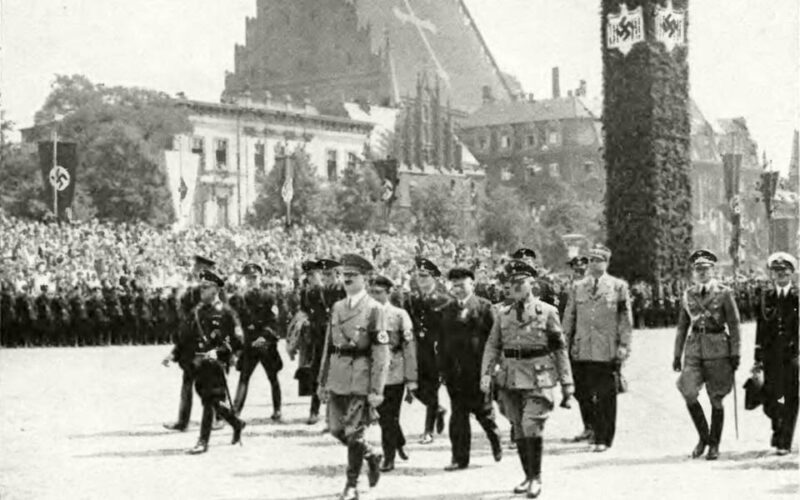
Knowledgeable Guides: The local guides are not just narrators but storytellers who can translate the city’s complex WWII history into engaging narratives. As one reviewer noted, the guides’ expertise “brings the city’s wartime story to life,” making dense history accessible and memorable.
Authentic Sites & Photographs: Walking through actual wartime locations, augmented by old photographs from the 1930s and 1940s, creates a visual connection to the past. This combination of locations and images helps to deepen your understanding of Wrocław’s wartime experience.
Stunning Views & Atmosphere: The elevated sites like Partisan Hill and Ceglarskie Hill not only explain the history but also offer spectacular vistas that show the city’s physical and emotional transformation. These moments of panoramic reflection are a highlight for many travelers.
Flexibility & Privacy: The tour’s private group format means your experience is tailored and less rushed, allowing questions and discussion. Being able to reserve and pay later also offers flexibility, which is helpful when planning a trip around unpredictable schedules.
Price & Duration: At $160 for up to 14 people, this tour offers good value considering the depth of insight and the personalized experience. The two-hour format is concise but packed with highlights, making it suitable for travelers with limited time but a keen interest in history.
A Balanced Perspective on Limitations
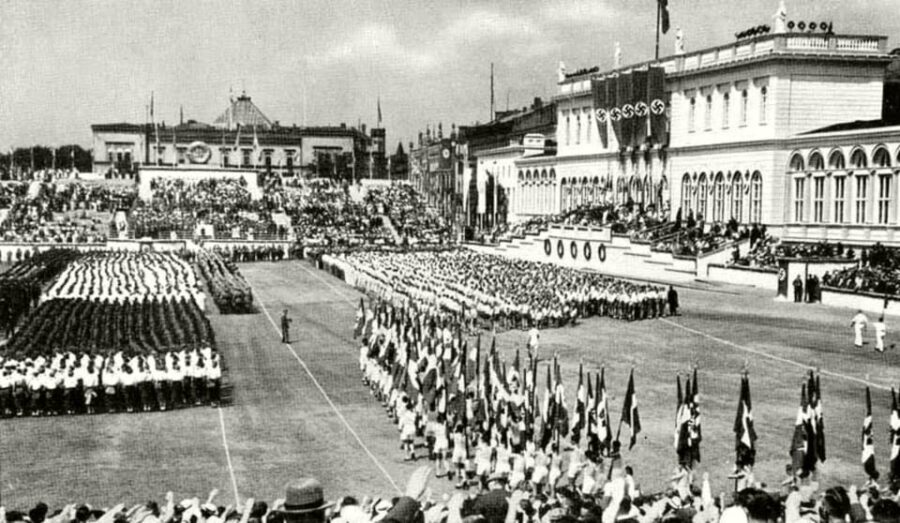
While the tour covers a significant amount of ground in just two hours, some might find it somewhat fast-paced. If you’re a history enthusiast wanting a more detailed exploration of each site, you may wish to supplement this experience with additional visits or research. Also, because it’s a private tour, the focus is on quality interaction rather than covering everything in exhaustive detail.
Who Will Love This Tour?
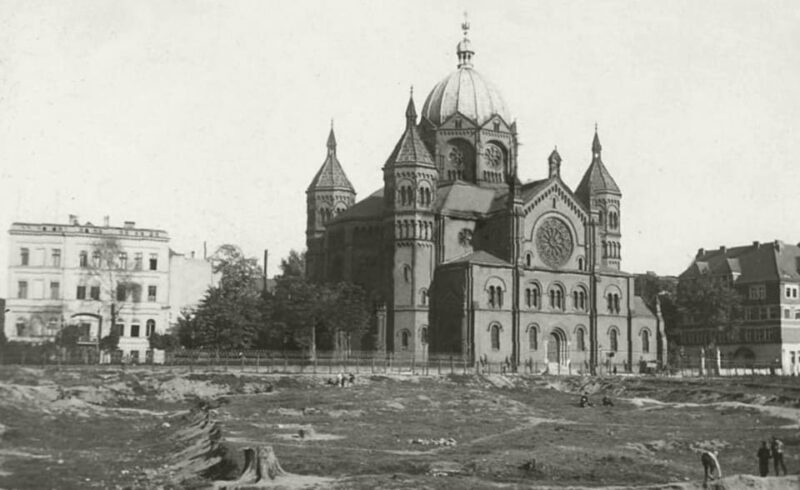
This experience is perfect for those who enjoy guided storytelling, want a focused overview of Wrocław’s WWII history, and appreciate authentic sites combined with stunning views. It’s also well-suited for travelers who prefer a personalized experience and are comfortable with a fast but comprehensive walk.
History buffs will value the detailed stories about Hitler’s visits, the underground bunkers, and the city’s wartime defenses. Meanwhile, casual visitors can enjoy the scenic vistas and the opportunity to learn about the city’s complex past without feeling overwhelmed.
Final Thoughts
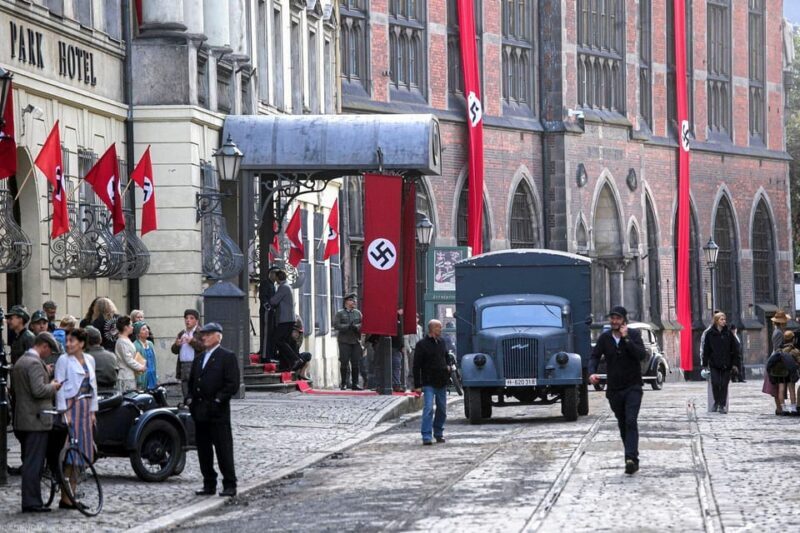
This private tour of Wrocław’s WWII sites offers a compelling, intimate way to connect with the city’s often overlooked past. The combination of expert narration, authentic locations, and visual storytelling makes it a worthwhile addition to any history-oriented itinerary.
While it’s not an exhaustive deep dive, its balanced approach ensures you leave with a solid understanding of how this city’s wartime history shaped its present. And because it’s private and flexible, you can tailor your experience to match your curiosity and pace.
For anyone eager to see Wrocław through the lens of history, this tour provides a meaningful, engaging introduction at a reasonable price. It’s a smart choice for travelers who value storytelling, authentic sites, and breathtaking viewpoints, all wrapped into one compact journey.
FAQ
How long is the tour?
The tour lasts approximately 2 hours, allowing a quick yet rundown of Wrocław’s WWII history.
Where does the tour start and end?
It begins at the entrance to the Piwnica Swidnicka restaurant and concludes back at the same spot, with the option to explore Ostrów Tumski afterward.
Is this tour private?
Yes, it is designed for private groups of up to 14 people, offering a personalized experience.
What languages are available?
The live guides speak Polish and German, making it accessible for speakers of both languages.
Is the tour wheelchair accessible?
Yes, the tour is wheelchair accessible, making it suitable for visitors with mobility needs.
Can I cancel this tour?
Yes, you can cancel up to 24 hours in advance for a full refund, providing flexibility in your travel plans.
What should I bring?
Comfortable shoes for walking and an interest in history will enhance your experience. The tour includes both outdoor and indoor stops, so dress appropriately.
Is it suitable for children?
While not explicitly stated, the focus on WWII history and walking may be more engaging for older children and teens interested in history and stories.
More City Tours in Wroclaw
More Tour Reviews in Wroclaw
- Oder river cruise and walking tour of Wroclaw
- Wrocaw: Boat cruise with a licensed guide (1 hour)
- Private Round Trip to Project Riese Including Tickets
- Wroclaw: City of 100 Bridges 4-Hour Private City Tour
- Wroclaw: Spy-Themed Walk & Game with Host
- Wrocaw: Old Town and Ostrów Tumski Walking Tour in English
More Wroclaw experiences we've covered
- We Rank The 16 Best Walking Tours In Wroclaw
- 16 Top-Rated Wroclaw Tours
- Which Wroclaw Sailing Experiences To Choose? Our Best 3 Picks
- The Top 4 Wroclaw Private Driver Services
- Wroclaw’s 8 Best Historical Tours: Which To Choose?
- Wroclaw’s 3 Best Hiking And Trekking Tours
- Wroclaw’s 7 Best Full-Day Tours: Which To Choose?
- We Rank The 5 Best Food Tours In Wroclaw
- 9 Of The Best Drinking Tours In Wroclaw
- What Are The Best Concert Experiences In Wroclaw? Our Top 3 Picks
- The Top 16 City Tours In Wroclaw
- 16 Of The Best Boat Tours & Cruises In Wroclaw
